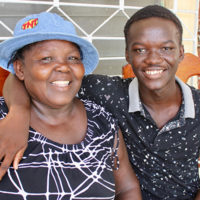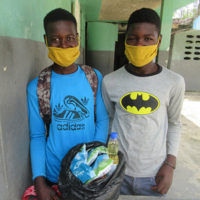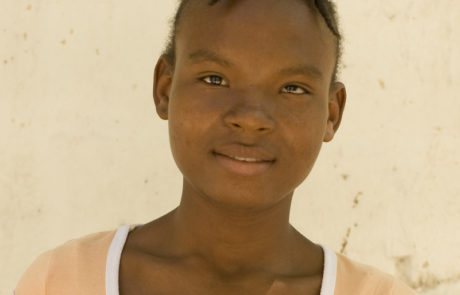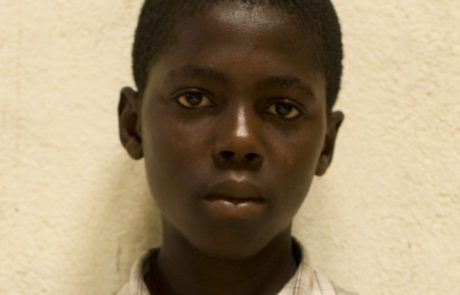Restavek

“A restavek is an abused child in a family that is not his or her biological family. This child was given to a host family in the hope of a better life in exchange for doing chores. However, the child is vulnerable, and I can say that a child in restavek lives in a modern kind of slavery.”
-Nadine, Haitian Child Advocate
Learn more about the issue of restavek by downloading our free eBook!
In Depth
 In the Creole language, “restavek” means “to stay with.” Yet for the children who are called restavek, that definition is incomplete. For them, it means:
In the Creole language, “restavek” means “to stay with.” Yet for the children who are called restavek, that definition is incomplete. For them, it means:
To stay with… humiliation and abuse.
… alone, in a family that offers no love.
To stay with… an incessant and gnawing hunger.
… the feeling that no matter what, their voices, their lives, will never count.
Restavek is a form of modern day child slavery in Haiti that arises out of Haiti’s challenging history affected by slavery, poverty, natural disasters, and many other problems and challenges.
The reasons that the restavek practice persists in Haiti are complex – ranging from harsh economic conditions to the cultural attitudes toward children. Therefore, every morning another child wakes up to begin his or her life of hardship, it becomes all the more urgent that this practice be stopped.
Ask the children what they need, and many of them will offer a simple reply:
“All I want,” they say, “is to be human.”
Since it became a French colony in 1697, slavery has been woven into the fabric of Haiti’s culture. For more than a century, a small group of French colonists populated the territory and lorded over a mass of mostly African-imported slaves. The slaves worked plantations; the French exported crops and reaped profits.
That is, until 1804. Then, after fifteen years of revolutionary unrest, the slaves overthrew the colonists. As a result, plantations burned. Slaves went free. They expelled the colonists and formed a new nation.
Haiti is the only country in the world to be formed by a slaves’ rebellion, a fact that remains a source of great pride. But even as the slaves earned their freedom, they inherited a nation riddled with challenges. Under colonialism, Haiti had a thriving export economy, but now its neighbors (including the United States, where slavery was still legal) refused to trade with, and in many cases recognize, the new republic. Unending struggles for power became a theme of the next two centuries. Consequently, there were coups and occupations and infighting, all set against a backdrop of poverty and disease.
 Despite its gorgeous landscape and beautiful, loving people, Haiti remains one of the planet’s most deeply troubled countries. It ranks seventh in Foreign Policy magazine’s “Failed State Index,” just below Afghanistan and just above Iraq. It has a literacy rate of 60 percent (compared to 99 percent in the U.S.), and with 62 percent of the population living in poverty, it has recently been recognized as the poorest country in the western hemisphere.
Despite its gorgeous landscape and beautiful, loving people, Haiti remains one of the planet’s most deeply troubled countries. It ranks seventh in Foreign Policy magazine’s “Failed State Index,” just below Afghanistan and just above Iraq. It has a literacy rate of 60 percent (compared to 99 percent in the U.S.), and with 62 percent of the population living in poverty, it has recently been recognized as the poorest country in the western hemisphere.
Haiti’s poverty and lack of infrastructure and services have left many families in need of cheap (or free) labor. So even though Haiti was founded on the abolition of one kind of slavery, another form — restavek — persists in its place. Restavek is a form of child slavery in Haiti, and Restavek Freedom, formerly known as Restavek Freedom Foundation, is a charity organization at work in Haiti to stop child slavery and child trafficking.
Although every country in the world has outlawed slavery, the practice has evolved to fit various cultures, legal systems, and economies, and this includes child slavery and child trafficking. In some settings, owners exchange slaves informally as a payment of debt.
 Elsewhere, the slaves are incapable of functioning in society on their own, so are thereby tied to the desires of their masters.
Elsewhere, the slaves are incapable of functioning in society on their own, so are thereby tied to the desires of their masters.
In Haiti, families send restavek children to live with other families. Theoretically, they’re entering a more stable setting. However, in reality, they’re entering bondage. Because of the many problems facing Haiti, including poverty in rural areas and a lack of education, modern day slavery still exists in the form of restavek. Restavek Freedom is a charitable organization focused working to stop trafficking and modern day slavery in Haiti so every child experiences freedom, hope, and love.
Before the violence and the abuse, before the long mornings of work and the long nights of unrest, before their humanity is stripped away one day at a time, a restavek typically begins life in a loving home.
Here is how a child becomes a restavek: The child is born to parents in a rural community. Like 80 percent of Haitians, they are impoverished. The facts about Haiti and slavery listed above show how challenging it is for families and children in Haiti.
Because Haiti has one of the highest birth rates in the region, the child enters a family with too many mouths to feed.
 Since the country’s few schools are primarily in urban centers, the child has no hope of ever gaining an education. Therefore they are destined, it seems, to continue the cycle of poverty.
Since the country’s few schools are primarily in urban centers, the child has no hope of ever gaining an education. Therefore they are destined, it seems, to continue the cycle of poverty.
Yet parents believe there is a solution. By sending their son or daughter to live with a family in the city, they will free themselves from the economic burden of keeping their child fed and clothed. One fewer mouth to feed; a little more food to go around. By sending the child to the city, they tell themselves, they will give him or her the opportunity to go to school. They imagine their child as a shop-owner, or maybe even a doctor.
So the parents talk to a relative, or perhaps an acquaintance or even a stranger, who lives in one of Haiti’s cities. This is a form of human trafficking, and when a child is exploited for the purpose of their labor, they are in fact practicing modern day slavery.
 The city-dwelling family has their own set of problems. The woman of the house has too little time and to much responsibility. Consequently, she must cook and clean and raise her children with little help from the child’s father. Haiti’s infrastructural challenges make every task all the more difficult and time-consuming. She must wash clothes by hand. There is no refrigeration, so she must purchase fresh groceries each day. In addition, there is no running water, so she must take daily trips to the well.
The city-dwelling family has their own set of problems. The woman of the house has too little time and to much responsibility. Consequently, she must cook and clean and raise her children with little help from the child’s father. Haiti’s infrastructural challenges make every task all the more difficult and time-consuming. She must wash clothes by hand. There is no refrigeration, so she must purchase fresh groceries each day. In addition, there is no running water, so she must take daily trips to the well.
So with the rural family struggling to feed their children, and the urban family desperate for more help around the house, an arrangement is made.
The child will move in with the urban family, they decide. She will help with chores and attend school. Only when the child arrives, the woman of the house decides she’ll be of more use in the home than at school.
So the child is put straight to work and the transition is almost instantaneous. One day, she is a typical child.
The next day, she’s a restavek.
For children in restavek, work begins at dawn. These modern day slavery victims clean bedpans, careful not to leave traces of feces or urine. In addition, they fill pails at the well, struggling under the weight of the water as they carry it home. Also, they cook breakfast, but when the family eats, the child continues to serve. The work is exhausting and demeaning, far too much for a young body to bear. But no matter how difficult it may be, that’s not what leaves so many children fearful and hopeless. The worst moments are the constant reminders that they do not belong, that they are not wanted, that they’re objects to be used and discarded, work mules good only for their ability to make others’ lives easier. After these trafficking victims walk the family’s biological children to school, carrying their books, they return home to perform work that should be reserved for people far older and stronger than they, serving as the engines of families that don’t consider them fully human. When the day is over, they curl up on the cement floor, desperate for sleep. To survive another day, they’ll need as much rest as they can get. THE EMOTIONAL TOLL:
THE EMOTIONAL TOLL: THE DAILY LIFE:
THE DAILY LIFE:
We have compiled a list of helpful resources for you which you can access here. These include books you can read as well as research papers you can download. We appreciate your interest in this issue and hope you will do all you can to provide hope and freedom to children in restavek! We recommend you continue to investigate facts about Haiti, the history of slavery, how to stop human trafficking and child slavery today, and ways you can make a difference for children through a charity like Restavek Freedom.
Here are some resources that would be a good place to start:
About human trafficking and slavery worldwide
A Crime So Monstrous, by Ben Skinner
Half the Sky, by Nicholas D. Kristof
About the restavek issue
Asefi, a restavek, the Phoenix of Haiti: A nation’s dream on a slave girl’s shoulders, by Jean J Telusma [fiction]
Restavek No More, by Jocelyn McCalla
Someday I will fly again: The Restavek, by Lili Dauphin [fiction]
Meet Celeste
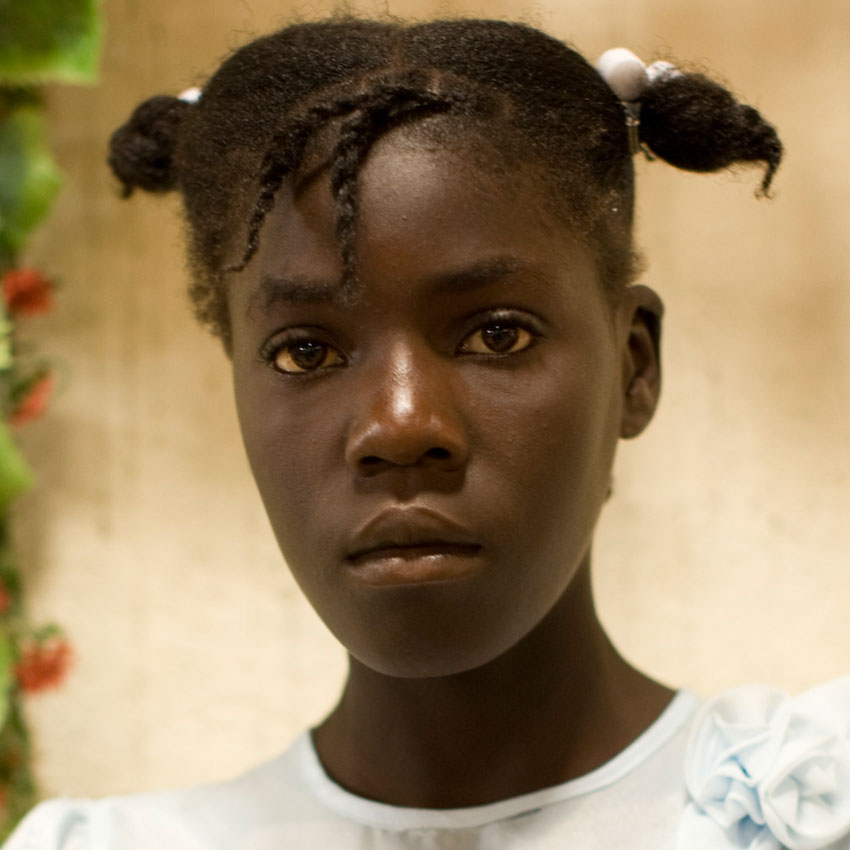
TOMORROW MORNING IN HAITI, children like Celeste will wake up to cook food they will never eat and wash clothes they will never wear.
She will fetch food from the market and water from the well, all for a family that isn’t hers, that will probably never treat her as one of their own.
Celeste is like more than 300,000 other children in Haiti, a restavek.
Restavek is a form of modern-day child slavery that persists in Haiti, affecting one in every 15 children.
Typically born into poor rural families, restavek children are often given to relatives or strangers.
In their new homes, they become domestic slaves, performing menial tasks for no pay.
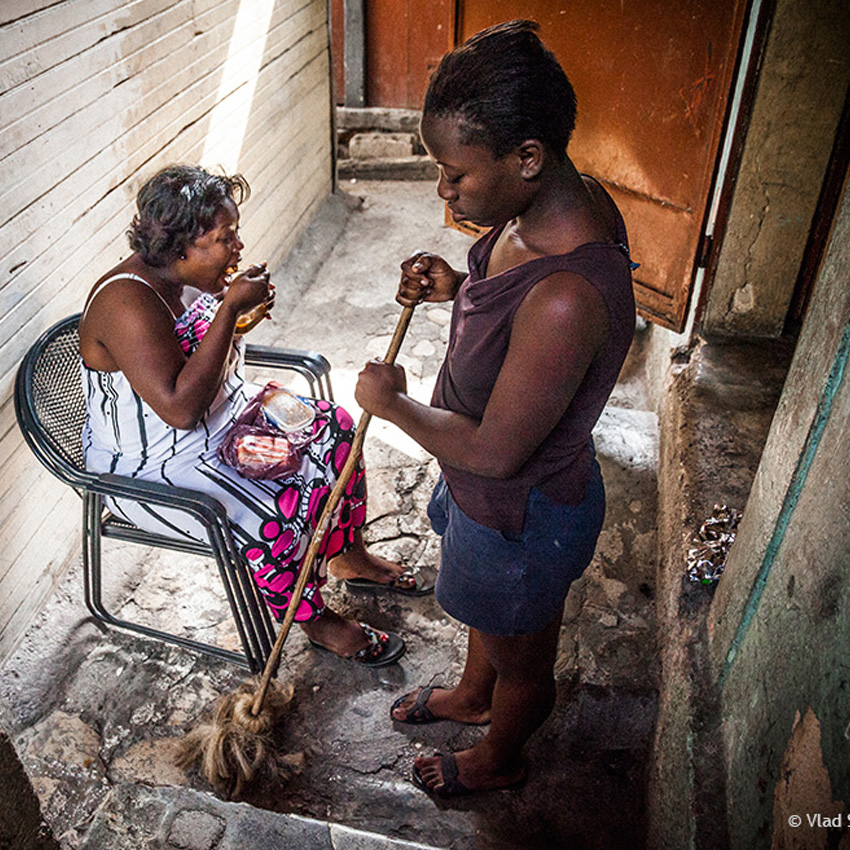
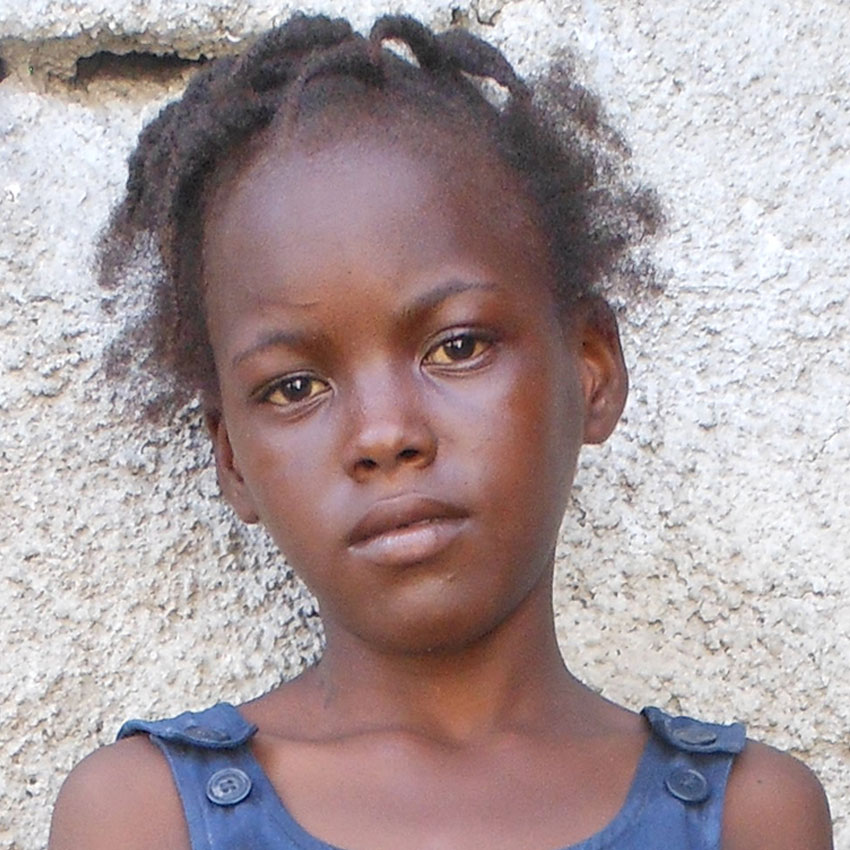
LOVELY LIVED THE SAME LIFE AS CELESTE for years.
“Before, my host family treated me very badly. They would not let me go to school.
“I was all alone and had no one to talk to. No one cared about me.”
TODAY HER LIFE LOOKS astonishingly different.
“Now, I have an Advocate who speaks up for me. She was the first person who cared about me. I look forward to today because I will go to school and see my friends.
“I eat with my family. When I am scared or sad, I talk with my Advocate. I want to be a doctor one day, so I can help people too.
“My name is Lovely. Today, I AM FREE.”
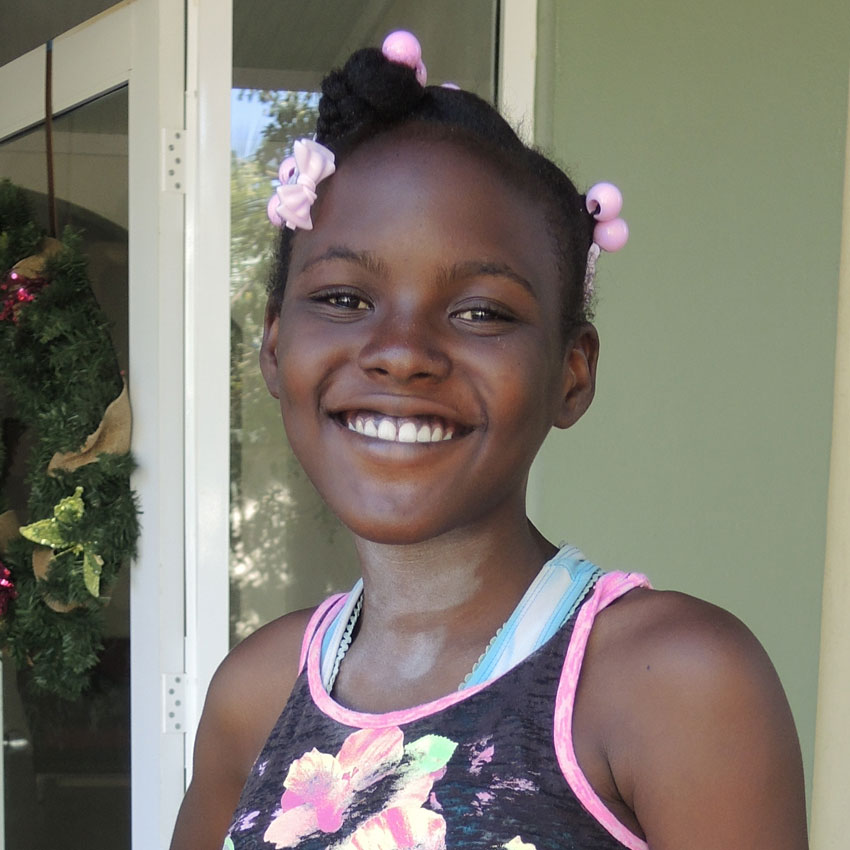
OUR HEARTS ARE THE SAME.
OUR HEARTS BEAT FOR FREEDOM.
Facts About Haiti



Blogs on The Issue
Our Mission
Our mission is to end child slavery in Haiti in our lifetime.
The civil rights movement in the U.S. proves that dramatic cultural changes are possible.
Our heart beats for the dawning of a new day in Haiti, where:


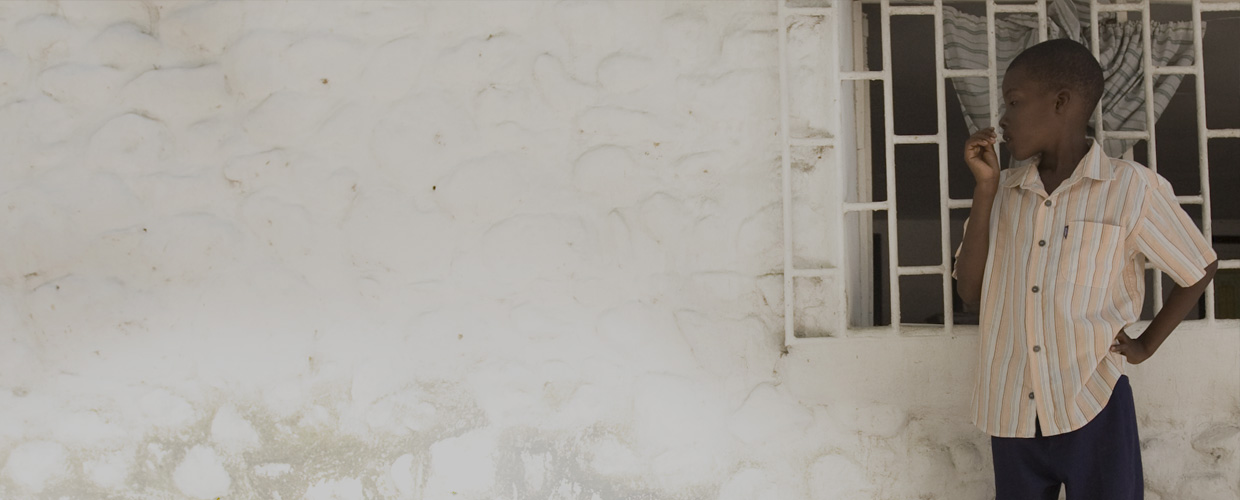

 Today, slaves are more often exchanged between well-acquainted families or through informal loans, at a fraction of their colonial-era price. Therefore, according to estimates, a slave today costs less than 1/400th of his or her colonial-era counterparts.
Today, slaves are more often exchanged between well-acquainted families or through informal loans, at a fraction of their colonial-era price. Therefore, according to estimates, a slave today costs less than 1/400th of his or her colonial-era counterparts.